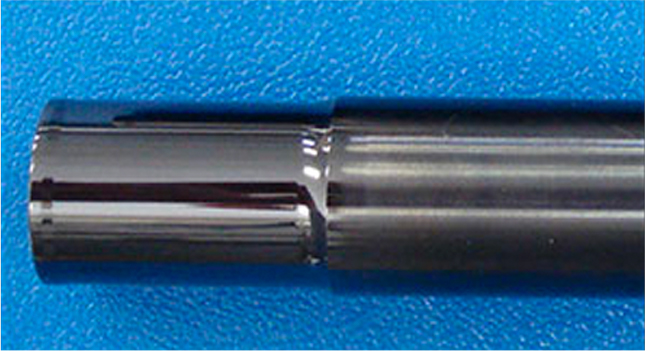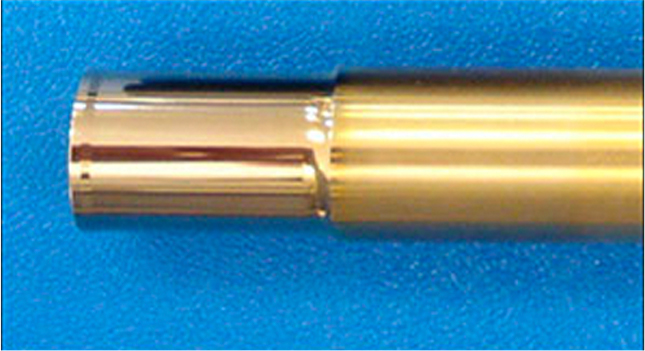Service guide
- TiN coating
-
Lubricity/slidability/low frictionAluminium moldCutting toolCarbide cutting toolAutomotive partsIndustrial machine partsLow voltage partsDecorationFilm types of PVD coating
As a standard for titanium coating, it is widely used for cutting tools such as drills and cutters, and decorations. It is also suitable for die molds with tight dimensional tolerances.
Details
- DLC coating
-
Wear resistancereleasablityLubricity/slidability/low frictionCutting toolAluminium cutting toolPunch pinAutomotive partsIndustrial machine partsLow voltage partsDecorationFilm types of PVD coating
Diamond-Like Carbon as named, with a carbon film having the properties such as diamond, other metal elements based PVD and has a different nature.
Details
- CrN coating
-
Corrosion resistancereleasablityLubricity/slidability/low frictionCold pressCold forgingPunching dieAparture moldPress fitting diesSUSprocessing moldPunch pinAutomotive partsIndustrial machine partsLow voltage partsFilm types of PVD coating
This is the standard for chrome coating and has excellent adhesion resistance, corrosion resistance, and slidability. The component elements are stable and may be used as a base for other coatings to prevent corrosion.
Details
- S-PVD(TiN) coating
-
Wear resistancereleasablityLubricity/slidability/low frictionCold pressCold forgingPunching dieAparture moldPress fitting diesPunch pinTrimming diesFilm types of PVD coating
It is our long hit product that further improves the impact resistance and wear resistance of TiN. It achieves both high hardness and thickening, and supports long tool life and high surface pressure.
Details
- TiAln coating
-
Wear resistanceHeat resistance/oxidation resisitanceLubricity/slidability/low frictionCold pressCold forgingPunching dieAparture moldPress fitting diesSUSprocessing moldCutting toolHigh-speed cutting toolCarbide cutting toolCarbide toolPunch pinDie castingTrimming diesFilm types of PVD coating
By adding Al to TiN is coated with improved more abrasion resistance and heat resistance. When operating temperature exceeds 700℃, the Al component and oxygen are combined by frictional heat, and strong Al2O3 is generated on the outermost layer, contributing to further improvement of the lifetime.
Details






